- 37 Posts
- 459 Comments

 2·20 days ago
2·20 days agoThe author provided no evidence of it
They’re contextualizing and sourcing it plenty. It’s their impression from their experience, from their years of being in that field. In the later adding of comments at the end they go into different takes as well, reiterating that it’s what they saw or see in [their] big corp[s] [and those he talks to].
You’re saying people are rotating too often - which was one of their points. Not sure if you meant support that point or point it out [assuming they didn’t].

 3·23 days ago
3·23 days agoMicrosoft actually cut off Israel’s access to Azure…
After months of pressure and trying to silence internal criticism.
I had to look it up to make sure “months of” is correct. Wikipedia has the infos https://en.wikipedia.org/wiki/Criticism_of_Microsoft#Israeli_military_support 2023-2025, various employees fired
“Microsoft actually cut off Israel’s access to Azure” doesn’t really cover or adequately represent their behavior regarding this topic.

 2·24 days ago
2·24 days agoProbably in some AI training data sets. Not that those are particularly good backups.

 4·24 days ago
4·24 days agomaybe they also mean Israel/Gaza or the AI push

 2·24 days ago
2·24 days ago… Gitlab though; the only difference is you see more “a large premium customer is requesting this” comments!
I love those! /s 😄 It can certainly feel like a pattern, specifically for some tickets.

 1·27 days ago
1·27 days agoYou can just take the L and say you didn’t see that the function definition that was “added” was just “removed” at the top.
That’s not what happened though.
Changing the indent of the def changes the definition. That’s my whole argument.
I don’t get why you say “of course”, agreeing with my point, but then “it was only the indentation that was changed”.

 1·28 days ago
1·28 days agoWhat I wrote. I wouldn’t want to do AI Thursday and kinda malicious compliance for a prolonged time.

 1·28 days ago
1·28 days agoI see, thank you for the clarification. I was quite confused because it seemed to be missing, this one didn’t quite seem correct. If they never even pushed it as a MR then that makes more sense. Then the whole “hasn’t been merged yet” is missing that it hasn’t even been created.

 1·28 days ago
1·28 days agoI see, thank you for the clarification. I was quite confused because it seemed to be missing, this one didn’t quite seem correct. If they never even pushed it as a MR then that makes more sense. Then the whole “hasn’t been merged yet” is missing that it hasn’t even been created.

 1·28 days ago
1·28 days agoAn indentation change is a definition code change. And as I pointed out, it’s a py file, and Python is an indent-significant language.
So you’re using
[]as an alternative function call syntax to(), usable with nullable parameters?What’s the alternative?
let x = n is null ? null : math.sqrt(n);?In principle, I like the idea. I wonder whether something with a question mark would make more sense, because I’m used to alternative null handling with question marks (C#,
??,?.ToString(), etc). And I would want to see it in practice before coming to an early conclusion on whether to establish as a project principle or not.math.sqrt?()may imply the function itself may be null.(? )formath.sqrt(?n)? 🤔I find
[]problematic because it’s an index accessor. So it may be ambiguous between prop or field indexed access and method optional param calls. Dunno how that is in Dart specifically.

 341·1 month ago
341·1 month agoThe issue, presumably the PR (linked at the top of the issue because of reference).
Look at the code change. It gets inputs and loops over them and seems to do an in-place fixup. But the code indent is wrong, and it even changed the function definition of the unrelated next function. In Python, the indent-logic-significance language.
I assume they briefly showed the code on stage. Even then it should have been obvious to any developer. py file, messy indent, changes unrelated function.
Please correct me if this is the wrong PR.

 3·1 month ago
3·1 month agoI would make Thursday AI day and do everything with AI. And Friday is recovery day, where I discard everything that didn’t work, and do what I want, to recover motivation for long-term sustainability.
I wonder if and when they would notice a productivity difference. I certainly couldn’t and wouldn’t be able to do that indefinitely.

 3·1 month ago
3·1 month agoMakes me think used tokens, which is very easy to fake.
If I were in a malicious environment, I’d be interested in gaming the system, excessively producing AI code even if I never use it.
On AniDB I can enter
dd.MM.yyyyoryyyy-MM-dd(text input), which I like a lot. I often prefer reading and writingyyyy-MM-dd.Some time ago I changed my Windows number format settings to show me
yyyy-MM-ddformats. Unfortunately, that broke my webbrowsers date input / datepicker. :( So I had to go back to the standard culture format (dein my case).The worst is when you work with dates and don’t know what is what, or when the behavior is unexpected.
Probably everyone knows about the Excel shitshow of implicitly converted values.
In SQL Server, what do you think
0000-00-00is when converted to a date, explicitly or implicitly? Well, unfortunately,yyyyMMddis a safer format thanyyyy-MM-dd.SET LANGUAGE 'us_english' SELECT CONVERT(date, '2025-12-13') --SELECT CONVERT(date, '2025-13-12') -- err SELECT CONVERT(datetime, '2025-12-13 07:00:00') --SELECT CONVERT(datetime, '2025-13-12 07:00:00') -- err SET LANGUAGE 'Deutsch' SELECT CONVERT(date, '2025-12-13') --SELECT CONVERT(date, '2025-13-12') --err --SELECT CONVERT(datetime, '2025-12-13 07:00:00') --err !! SELECT CONVERT(datetime, '2025-13-12 07:00:00')No,
yyyy-dd-MMis not a common or valid German date format. That’s usuallydd.MM.yyyy.But worst of all, it changes behavior of the date parsing between date only and date + time types.

 4·1 month ago
4·1 month agoYour question was very unspecific and broad, and despite that, now it goes into a direction I have not foreseen. Your question would have been much more useful and you would have received a lot better answers if you had provided some context, established a premise, been more specific about what you’re asking.
You asked about PC. Given that Windows is the prevalent PC operating system, I’ll answer for that.
While Windows has a Microsoft Store app store now, traditionally and still prevalent, most software and applications is installed and managed not through this “app store”, but manually or with other non-OS-integrated software.
I feel like the premise of the question is from a very different understanding of how things work or are.

 10·1 month ago
10·1 month agoMicrosoft pushes cloud and AI with increasingly negative side-effects. Eventually, EU regulation steps in to require offline-capable OS with fair and obvious choice. Microsoft tries to argue security, but ultimately fails.
Microsoft continues to push and connect their services as one, with synergy effects. Eventually EU regulation and prosecution steps in, requiring a neutral OS that must not pre-install software or point to other products in OS settings and apps, etc. Integrations must be openly standardized first, before implementing their own.
Despite all this, and despite a move from EU and EU-national institutions to sovereignty through shared open source solutions, Microsoft retains their strong/prevalent market position because the market as a whole is not as strategic and concerned, and Microsoft products like office, onedrive, Teams, and their other business software and services remain a predominant and grab-first choice, and the security promise of big enterprise software, battle-tested, with strong established auth etc remains a big selling point for them.

 5·1 month ago
5·1 month agoYes, living without any PC at all is possible.

 2·1 month ago
2·1 month agoAt work, I set up convco for automated commit checks and changelog generation with custom/slightly adjusted configuration of conventional commits (types) and changelog template.
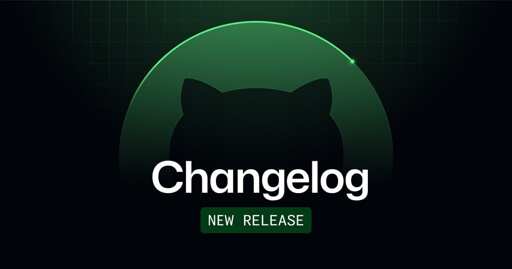
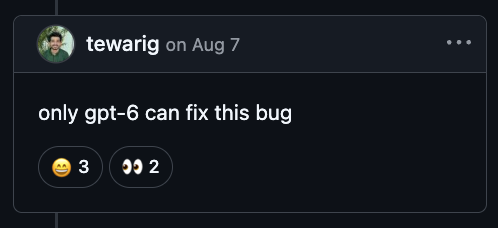

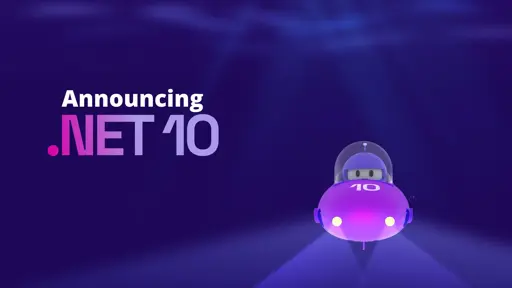

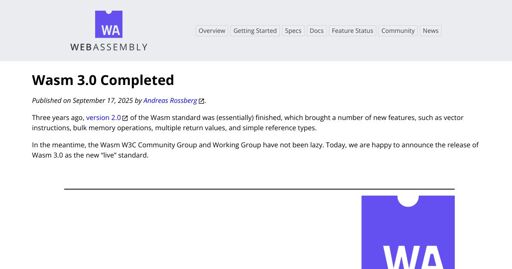
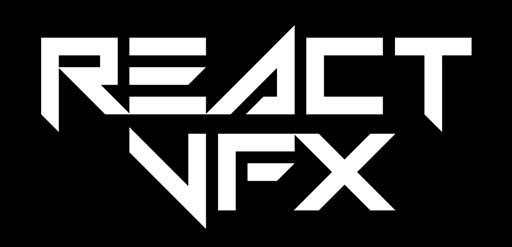

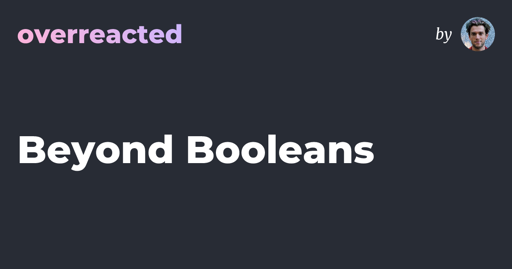


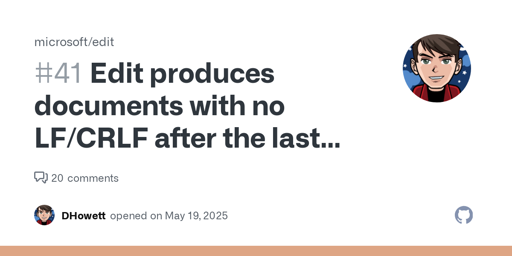

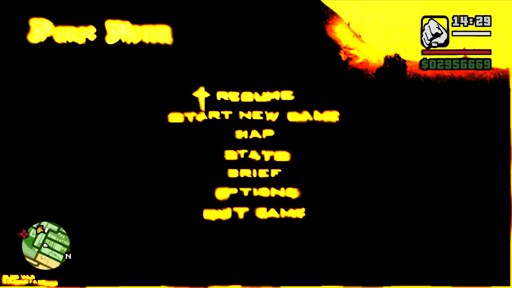
I worked on and created a lot of things, but when thinking ‘cool’, the fractal rendering I did a long time ago popped into my mind as well. It just looks cool, interesting, has variance and experimentation, and is very visual.